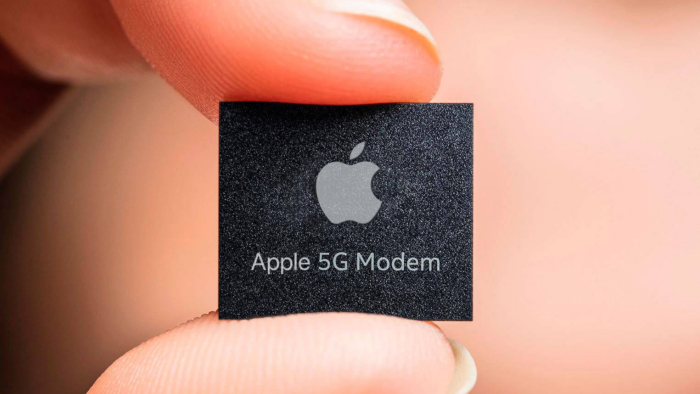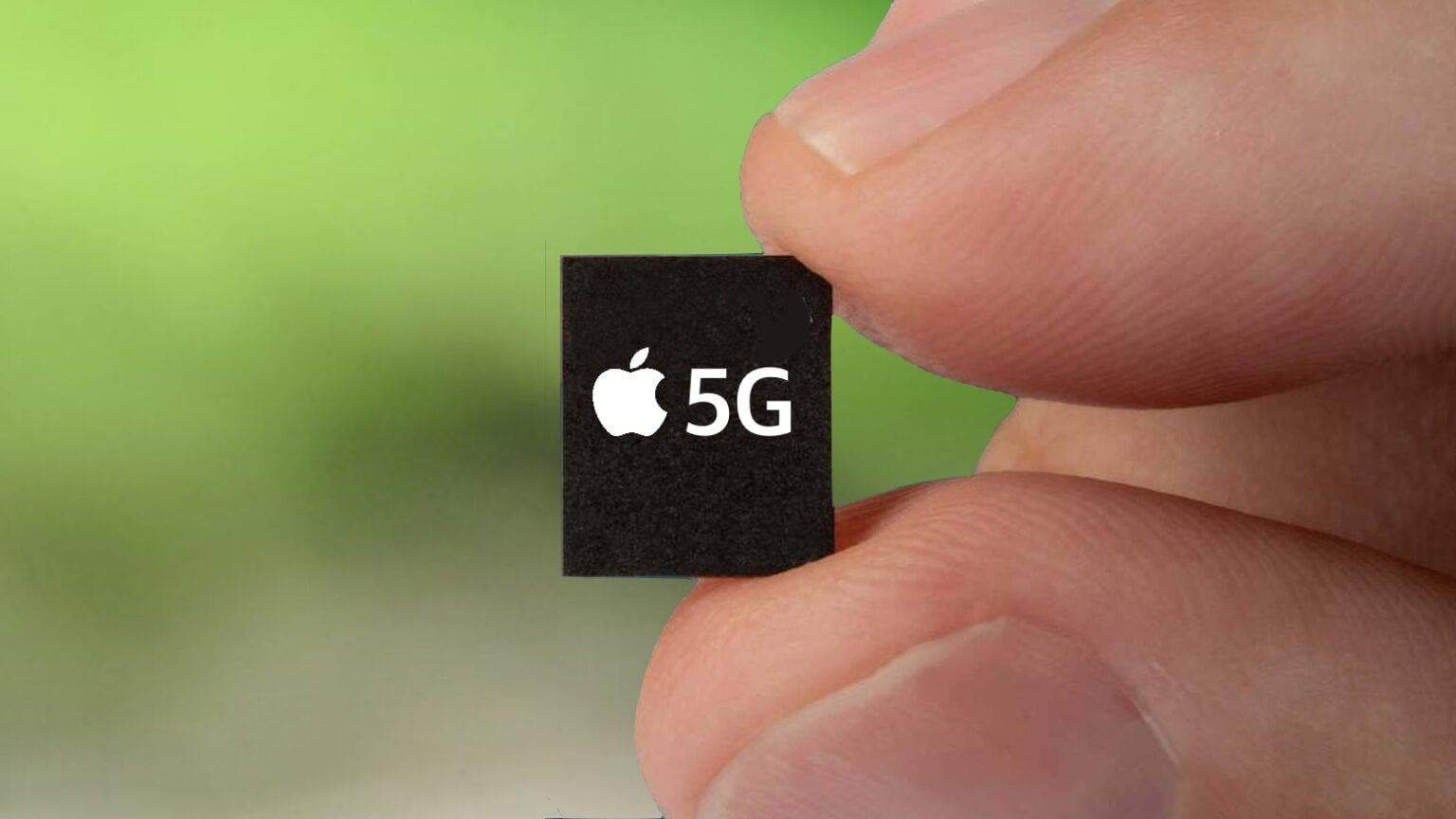Applenews
Apple’s Big Move: Switching to In-House 5G Modems
Abdullah Mustapha
February 23, 2025

Apple is making a major change with the iPhone 16e. It will no longer use Qualcomm’s Snapdragon 5G modem. Instead, it will have Apple’s own C1 5G modem chip. This shift gives Apple more control over its hardware and software. It also helps improve performance and efficiency.
The New C1 5G Modem

The iPhone 16e will introduce Apple’s C1 5G modem. Unlike Qualcomm’s modem, the C1 does not support mmWave signals. However, mmWave is rarely available, so most users will not notice the difference.
The iPhone 17 Air will also use the C1 modem. This will help Apple make it thinner. However, not all iPhone 17 models will use Apple’s modem. Some will feature a 5G modem from MediaTek instead of Qualcomm.
Apple’s Future Plans
Apple is taking a gradual approach to this transition. Analyst Ming-Chi Kuo believes some iPhone 17 models will still use Qualcomm modems. However, reports suggest that Apple plans to fully replace Qualcomm by 2026.
Next year, Apple will also use the C1 modem in an iPad model. By 2026, the second-gen C1 modem will be in all iPhone 18 models. This version will support mmWave signals and six-carrier aggregation for faster speeds. It will also allow download speeds of up to 6 Gbps.
Why Carrier Aggregation Matters
Carrier aggregation improves data speeds by combining multiple frequency bands. It works like adding more lanes to a highway, allowing traffic to move faster. With six-carrier aggregation, Apple’s modem will offer better speed and stability. The second-gen C1 may support eight-carrier aggregation when using mmWave.
Join GizChina on Telegram
Apple has already tested the C1 modem with 180 carriers in 55 countries. This ensures it will work globally.
Apple’s 2027 Vision: A Fully Integrated Modem
Apple wants its modem to be the best by 2027. The goal is to outperform Qualcomm in speed and AI capabilities. Apple also plans to integrate satellite networks. This could allow iPhones to send texts and make calls in areas without cellular service.
Looking further, Apple wants to merge its modem with its main processor. This would improve efficiency and reduce power consumption. The result could be a powerful, all-in-one mobile chip.
Read Also: Apple Unveils iPhone 16e: A18 Chip, Apple Intelligence, and $599 Starting Price
Why Apple is Moving Away from Qualcomm
By developing its own modem, Apple can save money. It no longer has to pay Qualcomm licensing fees and royalties. More importantly, it can optimize the modem to work perfectly with its own devices.
Apple’s C1 modem will also feature smart network selection. It will choose the best connection based on the user’s needs. For example, if an iPhone user is sending files via AirDrop, the modem will prioritize the best network for that task.
Conclusion
Apple’s transition to an in-house modem is a major milestone. The iPhone 16e and iPhone 17 Air are just the beginning. By 2026, all iPhones will use Apple’s second-gen C1 modem. By 2027, Apple aims to have the best modem in the industry.
This change is not just about speed. It is about creating a seamless, optimized ecosystem. Apple’s in-house 5G modem will redefine how its devices connect, communicate, and perform in the digital world.
Disclaimer: We may be compensated by some of the companies whose products we talk about, but our articles and reviews are always our honest opinions. For more details, you can check out our editorial guidelines and learn about how we use affiliate links.